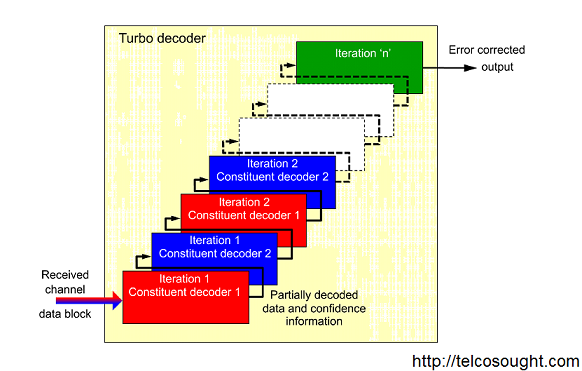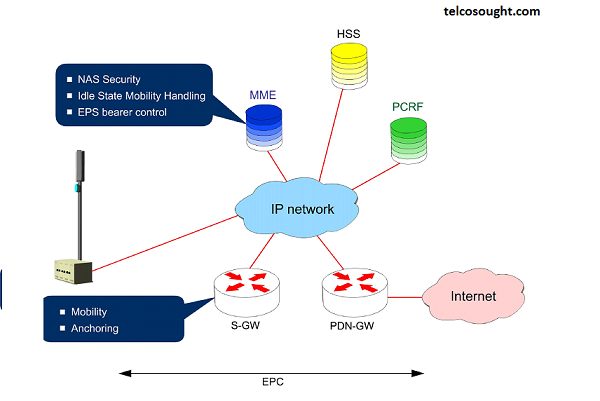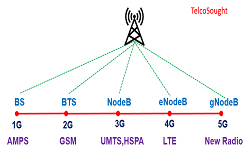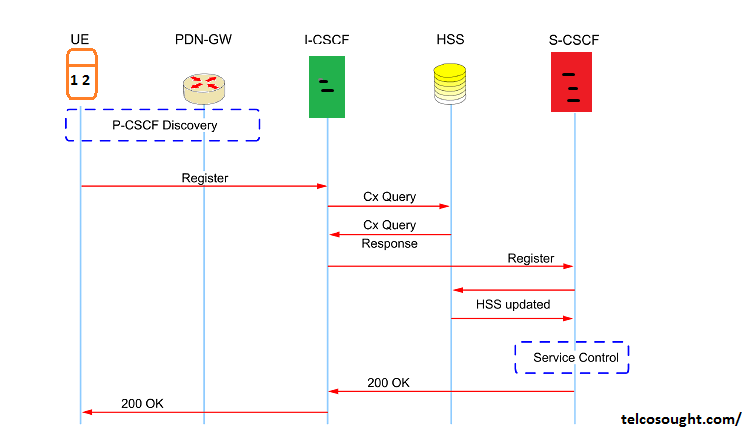Turbo Coding for Error Correction
In this article we read about Turbo Coding for Error Correction and Turbo Decoding. Enhancing the effectiveness of error protection strategies are a key element of any system that aims to offer broadband radio services. To be able to handle the significant volume of higher-data-rate traffic, it is essential to discover ways to improve the efficiency of spectral.
The exact procedure of the Turbo decoding algorithm is very complex, however, the principle of operation is explained by the figure
Turbo Coding for Error Correction
Enhancing the effectiveness of error protection strategies are a key element of any system that aims to offer broadband radio services. To be able to handle the significant volume of higher-data-rate traffic, it is essential to discover ways to improve the efficiency of spectral. A more robust error prevention system can be utilized to decrease the signal-to-noise percentage at receiver. This means that a higher amount of interference could be accepted, which results in an increase in capacity. But, this should be done without an increase in the error protection overhead, since an increase in the error protection overhead could eat up the gain in capacity.
The turbo code development has been conducted in conjunction to the creation of 3G as well as potential 4G technologies. They provide a change to the fundamental application of convolutional code, that can provide a substantial improvement in the coding performance. However, this benefit is not without cost. Its processing capacity and the processing time required, especially at the receiving end is significantly higher than similar convolutional codes. Because of this, Turbo codes are usually used on high-data-rate systems which are delay-tolerant. If they are utilized, they may provide reductions in the signal-to-noise ratio of the order from 1.5 up to 2 decibels.
As illustrated in the diagram In the diagram, the Turbo encoder is made up of two convolutional encoders in parallel. They are known by the term “constituent coders. In this case, the coders in the constitutive are the same convolutional coders, with a the constraint length of three and working at a 1/3 rate. Channel data blocks are fed to both coders in two ways, one directly and the second through an interleaver. This produces two bit streams encoded. Since each encoder works at a rate of 1/3 and the number of symbols output is 6 times the of the bit rate input. If left as it is, there will be an enormous error protection cost, so it is common to use puncturing after the turbo encode. Typically, the puncturing will restore the original coding rate, in this instance 1/3.
Turbo Decoding

The exact procedure of the Turbo decoding algorithm is very complex, however the principle of operation is explained by the figure. The Turbo algorithm is an iterative method which relies on confidence information for each repetition. Each subsequent iteration is based on a constitutive coder 1 or 2 decode. The output of each decode will provide information on the reliability of the next decode.
This procedure is repeated until there is a minimal improvement in the accuracy of the decode over repeated iterations, which is typically between 18 and 20 times. Utilizing this method will result in significant improvements in error correction efficiency as compared to a simple convolutional coder. However the decode algorithms are more complex , and multiple iterations need to be executed very quickly in order in order to avoid accumulation delay. In addition, the improvement in performance is noticeable when large blocks of data are used.
Also Read:-
- Radio Carrier Orthogonality- Ofdm Principles
- OFDM Resilience meaning to Time Dispersion & Multipath Fading
- Concept Components for OFDM wifi
- OFDM transmitter and receiver block diagram explanation
- Cyclic Prefix In OFDM
- OFDM Subcarrier Assignment
- Discussion on 802.11ax & “Wi-Fi Re-defined” with Nitin Madan, PLM, Broadcom
- OFDM Subchannelization Organization
- OFDM Channel Adaptation.
- OFDMA Allocation to Users




